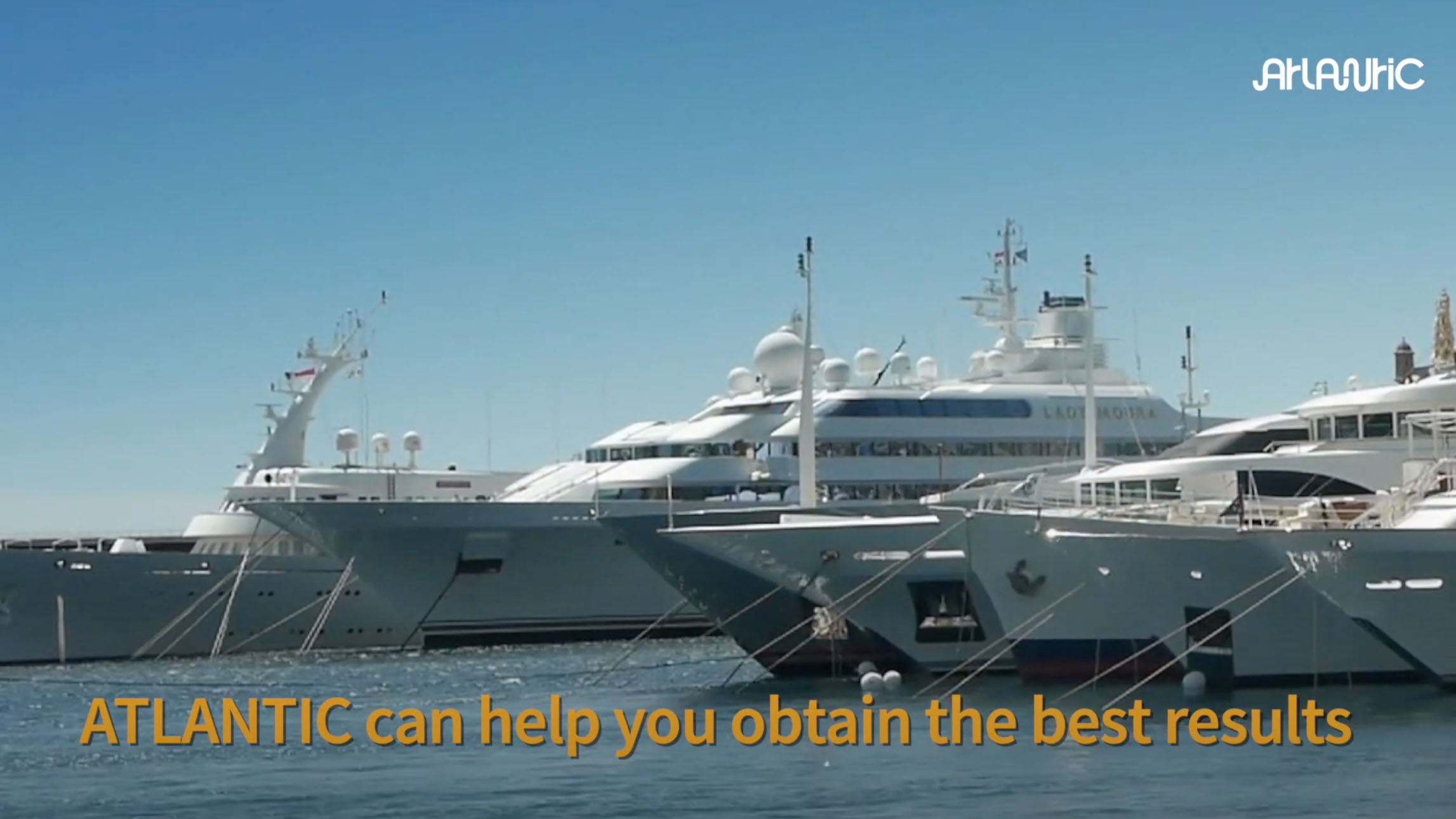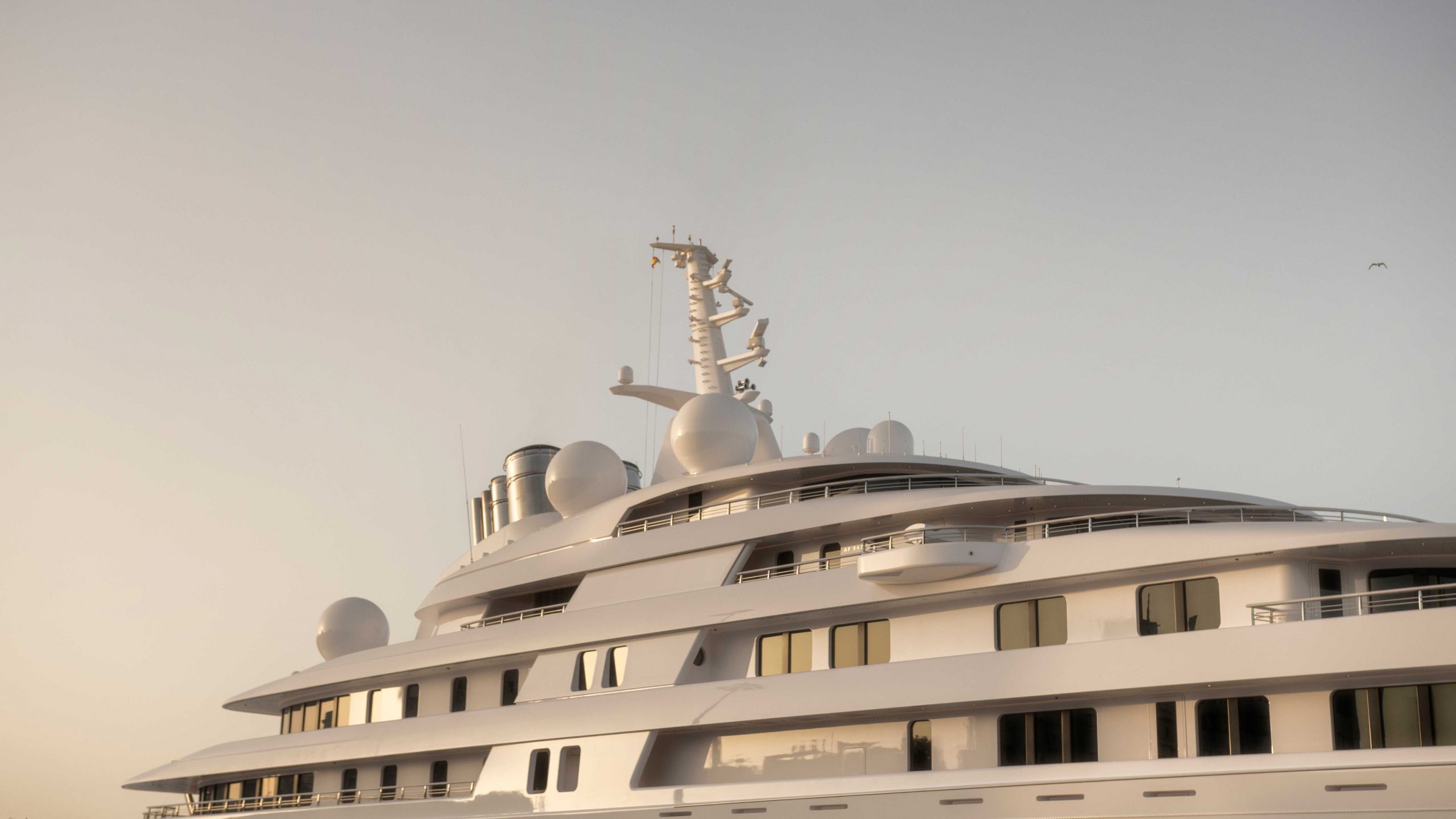[:es]Miércoles, 11 de septiembre de 2015
La Asociación ha recibido recientemente información sobre un incidente relacionado con la auto-combustión de carbón en un contenedor enviado desde Namibia.
Uno de nuestros corresponsales locales ha enviado la siguiente información:
CITA
La semana pasada el capitán de un buque portacontenedores nos informó sobre un incendio que se produjo a bordo del buque. El buque había cargado carbón en Walvis Bay, Namibia. El carbón en trozos se cargó dentro de bolsas que posteriormente se introdujeron dentro de un contenedor. Los certificados que fueron presentados al buque indicaban que la mercancía había superado los criterios de prueba de la ONU para carga que experimenta calentamiento espontáneo describiéndose como no peligrosa. El buque zarpó de Walvis Bay con el carbón en los contenedores que se habían estibado en cubierta. Aproximadamente 12 horas después de que el buque hubiese comenzado el viaje hacia Ciudad del Cabo se observó que de uno de los contenedores de carbón salía humo y el fuego se extendió rápidamente a los contenedores de carbón adyacentes.
La tripulación pudo luchar contra el fuego y el buque llegó al puerto más cercano para solicitar ayuda. Afortunadamente la mercancía se había cargado en cubierta por lo que se pudieron adoptar medidas a corto plazo para descargarla en tierra con el fin de salvar vidas y propiedades.
Esta es la primera vez que hemos sido advertidos de un incidente relacionado con carbón procedente de Namibia y la Autoridad de Seguridad Marítima de Sudáfrica (South African Maritime Safety Authority – SAMSA) también ha confirmado que no han sido informados de ningún tipo de incidente anterior en el que se haya visto implicado este tipo de carga. Si algún Miembro prevé cargar carbón desde Namibia recomendaríamos soliciten al cargador la fecha en que se examinó la muestra de la carga y cuando se introdujo en los contenedores. El Código IMSBC establece que el certificado de exposición a la intemperie y la verificación de calentamiento espontáneo deben llevarse a cabo en un período de no menos de 13 días antes de proceder a la carga a bordo del buque.
Por el momento recomendamos que los contenedores de carbón se estiben en cubierta no superando dos niveles de altura y de preferencia con un fácil acceso en caso de que surja algún problema. También sugerimos que los contendores se comprueben a intervalos regulares cuando la tripulación efectúe sus rondas. Entendemos que la mercancía había sido asignada a distintos destinos e iba a ser transbordada en Ciudad del Cabo. Por consiguiente nuestro consejo se aplica a todos los buques que puedan transportar este tipo de carga.
FIN DE LA CITA
En caso de que necesiten más información rogamos se pongan en contacto con su contacto habitual del Club.
Fuente de información:
P&I Associates (Namibia)
Website: www.pandi.co.za[:en]Friday 11th September 2015
The Association has been recently advised of an incident involving self-ignition of charcoals in a container shipped from Namibia.
Following is the information received from one of our local correspondents.
QUOTE
Last week we were notified by a master on board a container vessel regarding a fire which broke out on board the vessel. The vessel loaded charcoal in Walvis Bay, Namibia. The lumpy charcoal was loaded inside bags which were then stuffed inside a container. Certificates were presented to the vessel that the cargo had passed the UN test criteria for self-heating cargo and was described as non-hazardous. The vessel departed from Walvis Bay with the charcoal stuffed into containers that that were stowed on deck. Approximately 12 hours after the vessel had commenced her sea passage for Cape Town, smoke was seen coming from one of the containers of charcoal and the fire quickly spread to adjacent charcoal containers.
The crew were able to fight the fire and the vessel made for the nearest port for assistance. Thankfully the cargo had been loaded on deck so arrangements could be made at short notice to discharge the cargo ashore in order to save life and property.
This is the first time we have been advised of an incident involving Namibian charcoal and the South African Maritime Safety Authority (SAMSA) have also confirmed that they have no reports of any such prior incidents involving this type of cargo. If any member is loading charcoal from Namibia then we would recommend that the shippers advise when the cargo sample was tested and when the cargo was stuffed into the containers. The IMSBC code provides that the weathering certificate and UN self-heating test should be carried out not less than 13 days prior to loading on board the vessel.
For the time being, we recommend that charcoal containers are stowed on deck and not higher than the second tier and preferable where there is easy access to them should a problem arise. We would also suggest that the containers are checked at regular intervals when the crew are making their rounds. We understand that the cargo was destined for various destinations and that the cargo was being transhipped in Cape Town. Accordingly our advice applies to all vessels that might carry this type of cargo.
UNQUOTE
For further assistance, Members should contact the Loss Prevention department.
Source of Information
P&I Associates (Namibia)
Website: www.pandi.co.za


